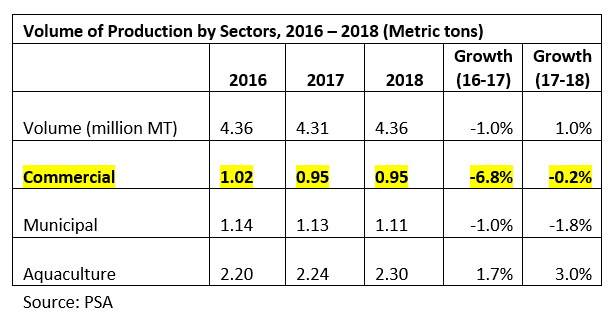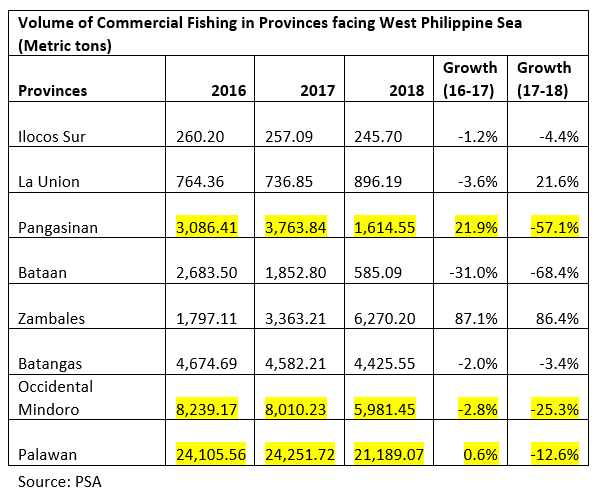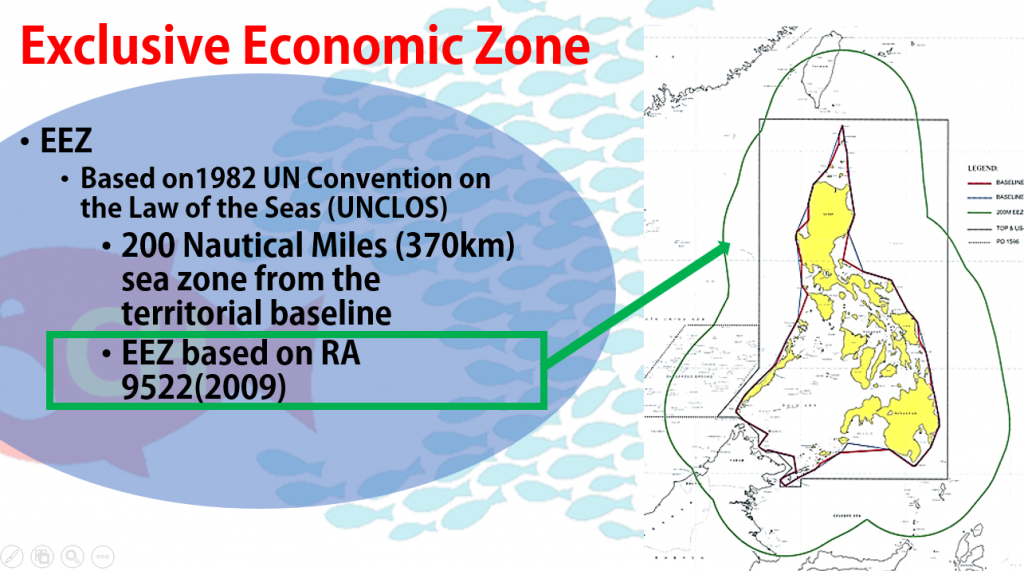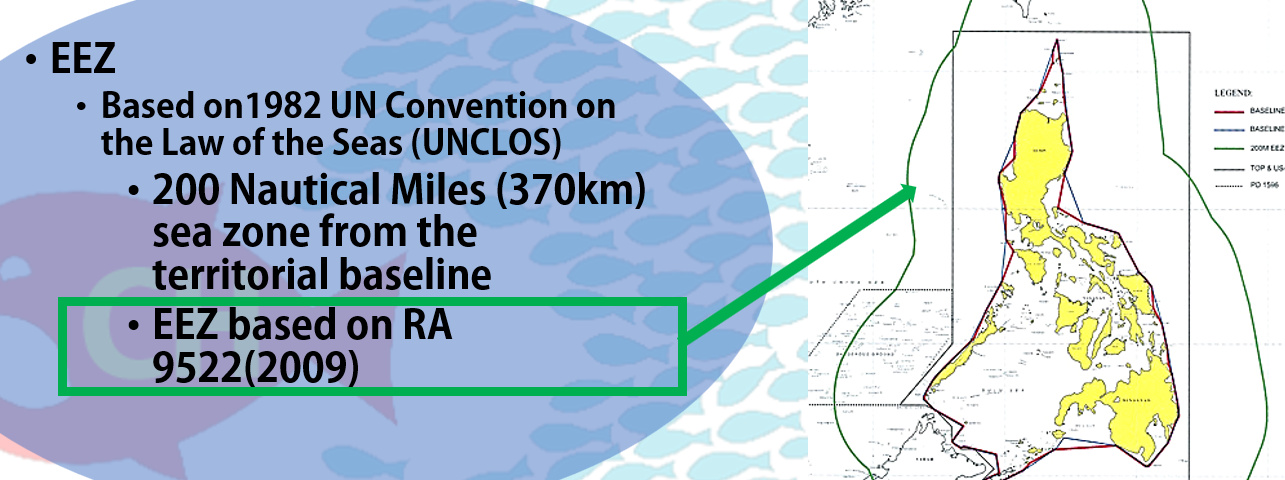On stagnant fisheries production growth
Pamalakaya dares BFAR to bare impact of Chinese seizure of fishing grounds on national economy
Manila, Philippines – As the government spins a rosy picture of growth in the country’s agricultural production, by pegging it at 2.87% for the third quarter, the fishers group Pambansang Lakas ng Kilusang Mamamalakaya ng Pilipinas (Pamalakaya-Pilipinas) dared the Bureau of Fisheries and Aquatic Reforms (BFAR) to publicize the real situation of the traditional fishing grounds in the 193-million hectare oceanic fishing grounds including the exclusive economic zone (EEZ). This is due to that the fisheries sector registered an insignificant growth of 0.56%. The group raised the issue as the agency is pushing to allow small commercial fishing vessels into municipal fishing grounds, which is violative of the Republic Act 8550 or Fisheries Code of 1998.
“Ang ganitong growth ay hindi growth, dahil lumalaki ang populasyon at ang demand sa fish products. Krisis ito pero ang gubyerno, partikular ang BFAR ay walang ginagawa. At sa proposal nilang payagan ang mga small commercial fishing vessel sa municipal fishing grounds, ang paniwala namin rito ay dahil kumitid na ang traditional fishing grounds sa ating EEZ dahil nga inagaw na ito ng China,” Pamalakaya-Pilipinas National Chairperson and former Anakpawis Party-list lawmaker Fernando “Ka Pando” Hicap said in a press statement.
(This level of growth is not growth, as population and demand for fish products increase. This is a crisis, but we see BFAR as a clock watcher. And on its proposal to allow small commercial fishing vessels into municipal grounds, we see it as caused by the shrinking traditional fishing grounds due to the incursion of Chinese vessels.)
Hicap said that the fisheries sector has been between shrinking and being stagnant since 2017. Volume of production based on government data, has contracted by 1% in 2017, and the main culprit was that commercial fishing declined by a significant 6.8% and breached the 1 million metric ton production. The 68,600 metric ton decline comprise 2% of the year’s total production. It continued to shrink by 0.2% in 2018.
“Ang commercial fishing na nakaharap sa West Philippine Sea mula 2016 hanggang 2018 ay bumagsak. Pero ang paggiit ng mga mangingisda mula Zambales sa Panatag Shoal ay nagbunga ng paglaki,” the fisherfolk leader said.
(The production of the commercial fishing sector facing the West Philippine Sea declined from 2016 to 2018. But the struggle of Zambales fishermen for the Panatag shoal, brought about significant gains.)
Pangasinan, from among the Ilocos provinces lost the biggest with 57% from 3,763 metric tons in 2017 down to 1,614 metric tons in 2018. Batangas also shrunk by 3.4% to 4,425 metric tons, following its preceding year’s decline of 2%. Occidental Mindoro’s was slashed by a huge 25% from 2017 to 2018. While Palawan by 12.6%. The only increase was from Zambales by 86% from 3,362 metric tons to 6,270 metric tons from 2017 to 2018.
“Ito ang taon na nilantad ng mga mangingisda ang pangingikil ng mga pasistang Chinese coast guard na ipinatanggol ni Duterte na ‘barter.’ Nang malantad ito sa buong bansa at mundo, tumigil sila at nakapag-tuluy-tuloy sa pangingisda ang mga taga-Zambales,” Hicap said.
(This was when fishermen exposed that extortion of fascist Chinese coast guards and was covered up by Duterte as ‘barter.’ When this was exposed across the country and the world, they stepped back and the Zambales fishermen were able to operate.)
Pamalakaya warned BFAR against covering up the economic impact of Chinese seizure of traditional fishing grounds in the country’s exclusive economic zone.
“Covering up for the Chinese aggressors, whose operations had cause the fisherfolk sector and the national economy collossal losses is essentially treason,” the fisherfolk warned.
BFAR in 2015 has already pronounced that the Chinese reclamation projects in the West Philippine Sea could result to a P4.5 billion loss to the national economy. Moreover this year, marine scientists estimated that Chinese destruction of the marine environment could cause P33.5 billion annual losses.
“It is shadowy on why BFAR has yet to announce any estimated losses to the national economy caused by China. This could not be covered up forever, and by the time facts are revealed, the agency’s officials should ready themselves for accountability,” he ended. ###



